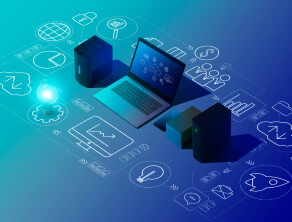Edge Computing: Future of Tech, Business, & Society

Introduction
As we stand on the brink of a new technological era, edge computing emerges as a pivotal force shaping the future of technology, business, and society. This cutting-edge approach to data processing and analysis promises to revolutionize how we interact with our digital world, making smart devices faster, more reliable, and incredibly intuitive.
By processing data closer to its source, edge computing reduces latency, conserves bandwidth, and enhances privacy—capabilities that are becoming increasingly crucial as the Internet of Things (IoT) expands and our reliance on real-time data grows. This blog explores the essence of edge computing, its driving factors, and its profound impact across various sectors, offering insights into how it’s crafting a future marked by innovation and transformative potential.
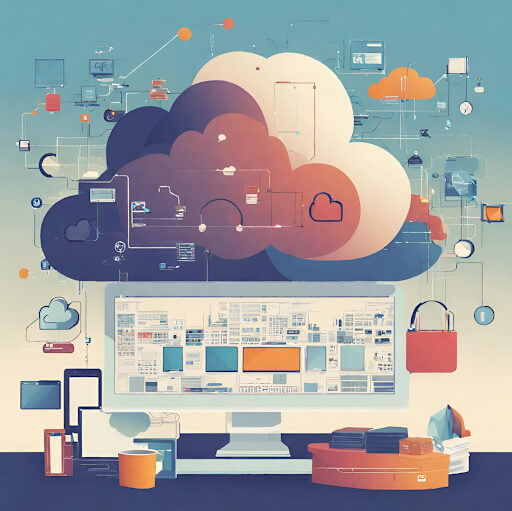
Understanding Edge Computing
The Basics
So, what is edge computing? At its core, edge computing refers to a distributed computing paradigm that brings computation and data storage closer to the location where it is needed, aiming to improve response times and save bandwidth. Unlike traditional cloud computing models that centralize processing in data centers, edge computing pushes these capabilities to the edge of the network, nearer to devices or data sources. This shift is instrumental in addressing the latency and bandwidth issues inherent in cloud computing, especially critical for applications requiring real-time processing.
Technical Underpinnings
Edge computing rests on three pillars: hardware, software, and networking. Hardware at the edge ranges from simple sensors to powerful computing devices, equipped to perform significant processing tasks locally. Software for edge computing includes specialized operating systems and applications designed for low-latency, high-efficiency operations in constrained environments. Networking plays a crucial role, ensuring seamless communication between edge devices and central systems, often leveraging advanced protocols and technologies to maintain robustness and speed.
Comparison with Cloud Computing
While cloud computing centralizes resources in data centers to serve multiple clients over the internet, edge computing decentralizes these resources, distributing them closer to the data sources. This decentralization is crucial for applications where even milliseconds of delay can be detrimental, such as autonomous vehicles, smart grids, and real-time analytics in various industries. Moreover, edge computing addresses privacy and security concerns more effectively by processing sensitive data locally, reducing the risk associated with data transmission over long distances.
Drivers of Edge Computing Growth
Data Explosion and IoT Proliferation
The unprecedented surge in data generation, fueled by the proliferation of IoT devices, is a primary driver behind the ascent of edge computing. With billions of devices connected to the internet, from smartwatches and home assistants to industrial sensors, the volume of data being produced is staggering. Processing this vast amount of data in centralized data centers is becoming increasingly impractical, driving the need for more localized computing solutions that can handle data at its source.
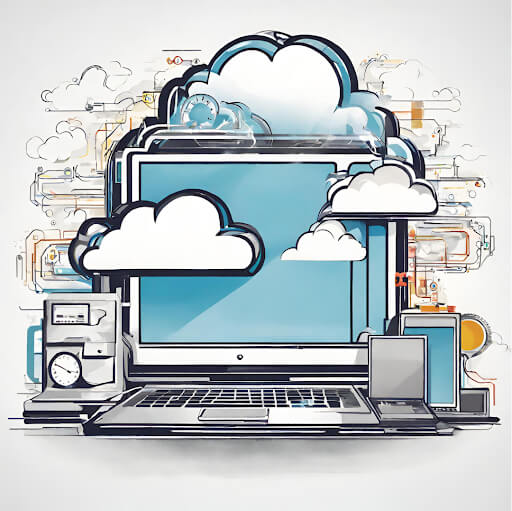
Need for Low-Latency Processing and Real-Time Analytics
In a world where milliseconds matter, the demand for low-latency processing has never been higher. Applications such as autonomous driving, real-time medical monitoring, and automated manufacturing require immediate data processing to function effectively. Edge computing meets this demand by minimizing the distance data must travel, thereby reducing latency and enabling real-time analytics and decision-making.
Bandwidth Constraints and Privacy Concerns
As the volume of data grows, so does the strain on network bandwidth. By processing data locally, edge computing significantly reduces the amount of data that needs to be sent over the network, alleviating bandwidth constraints. Additionally, by keeping data processing closer to its source, edge computing addresses privacy and security concerns more effectively, offering a more secure alternative to sending sensitive information to the cloud.
Impact on Technology and Innovation
Advancements in AI and Machine Learning at the Edge
Edge computing is paving the way for advanced AI and machine learning applications to be deployed directly on edge devices. This localization allows for more personalized and immediate AI-driven experiences, from real-time language translation to adaptive smart home systems that learn from your habits. By processing data locally, these applications can operate more efficiently and with greater privacy, making intelligent technology more accessible and responsive.
Enhanced IoT Capabilities
The integration of edge computing with IoT devices unlocks new levels of efficiency and functionality. Smart cities, for example, can leverage edge computing to process data from traffic sensors in real-time, optimizing traffic flow and reducing congestion without the need for central processing. Similarly, in agriculture, edge computing enables precision farming techniques by analyzing data from soil sensors on-site, allowing for immediate adjustments to watering and fertilization schedules.
Also read: Embracing the Future: IoT in Agriculture and Smart Farming.
Case Studies of Innovative Edge Computing Applications
- Autonomous Vehicles: By processing sensory data directly on the vehicle, edge computing allows for quicker decision-making, essential for safety and performance.
- Healthcare Monitoring: Wearable devices that monitor vital signs can use edge computing to analyze data in real-time, alerting users and healthcare providers to potential health issues immediately.
Also read: IoT Medical Devices and the Internet of Medical Things.
Transformation in Business Models
Shifts in Data Management and Processing Strategies
Businesses are increasingly adopting edge computing to enhance their data management and processing strategies. By enabling localized processing, companies can reduce reliance on centralized data centers, lower operational costs, and improve data security. This shift also allows businesses to offer new and improved services that rely on real-time data processing, such as personalized retail experiences and on-site predictive maintenance.
New Opportunities in Various Industries
Edge computing is creating new opportunities across a wide range of industries:
- Manufacturing: Real-time analysis of production line data to predict and prevent equipment failures, reducing downtime and maintenance costs.
- Healthcare: Immediate processing of patient data to enhance diagnostic accuracy and personalize treatment plans.
- Retail: In-store analytics to optimize layout and inventory management, enhancing customer experience.
Competitive Advantages and Challenges
Adopting edge computing offers businesses competitive advantages, including improved efficiency, enhanced customer experiences, and new service offerings. However, challenges such as ensuring data security, managing device heterogeneity, and integrating with existing systems must be addressed to fully realize these benefits.
Societal Implications
Improved Accessibility and Empowerment through Localized Computing
Edge computing democratizes access to technology by enabling more localized and efficient computing solutions. This has significant implications for remote and underserved areas, where bandwidth and connectivity limitations often restrict access to advanced digital services. By processing data locally, edge computing can provide these communities with better access to healthcare, education, and economic opportunities, thereby reducing the digital divide and empowering individuals.
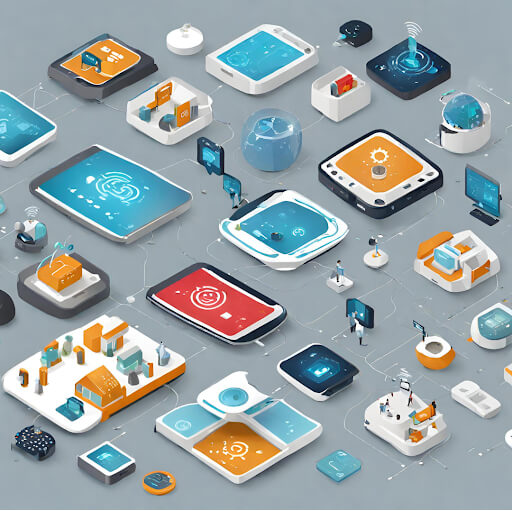
Privacy and Security Considerations
The shift towards edge computing introduces new dynamics in privacy and security management. By keeping data localized, it inherently enhances privacy by limiting exposure to external threats and reducing the amount of data traversing the internet. However, this also means that security protocols must be adapted to protect against local threats, requiring new approaches to device and network security to safeguard sensitive information.
Also read: Automating Cybersecurity: Top 10 Tools for 2024 and Beyond.
Potential for Digital Divide Mitigation
While edge computing offers the potential to mitigate the digital divide, it also poses the risk of exacerbating it if access to edge technologies becomes unevenly distributed. Ensuring equitable access to the benefits of edge computing is a societal challenge that will require concerted efforts from governments, businesses, and communities to address, emphasizing the need for inclusive policies and investment in infrastructure.
Future Outlook and Challenges
Emerging Trends in Edge Computing
The future of edge computing is intertwined with the evolution of other cutting-edge technologies, such as 5G, blockchain, and advanced AI. The rollout of 5G networks, for instance, is expected to significantly enhance the capabilities of edge computing by providing higher bandwidth and lower latency, enabling more complex applications and services. Similarly, the integration of blockchain technology could enhance security and data integrity in edge computing systems, paving the way for more robust and trustworthy applications.
Integration with 5G, Blockchain, and Other Technologies
The synergy between edge computing and technologies like 5G and blockchain represents a potent combination that could redefine many aspects of technology and society. For example, 5G’s ability to support a massive number of devices at high speeds makes it an ideal partner for edge computing in IoT applications, while blockchain’s security features could provide a reliable framework for data exchange and processing at the edge.
Overcoming Scalability and Interoperability Challenges
As edge computing continues to grow, scalability and interoperability emerge as significant challenges. Ensuring that edge computing systems can scale effectively to support an increasing number of devices and applications requires innovative solutions in hardware, software, and networking. Additionally, interoperability between different edge computing platforms and with existing cloud infrastructures is crucial for creating seamless and efficient ecosystems. Addressing these challenges will be key to unlocking the full potential of edge computing.
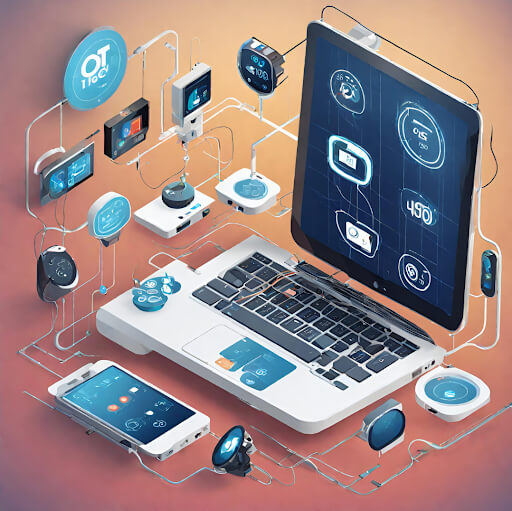
Frequently Asked Questions:
What is edge computing vs cloud computing?
Edge computing and cloud computing are distinct but complementary technologies. Edge computing refers to processing data near its source, at the edge of the network, closer to devices or sensors generating the data. This approach minimizes latency and reduces the need for bandwidth by processing data locally instead of sending it to distant data centers or clouds. Cloud computing, on the other hand, involves processing and storing data in remote data centers, offering scalability, high compute power, and the ability to access services and resources over the internet. While cloud computing centralizes resources, edge computing distributes processing to the periphery of the network.
Is edge computing part of 5G?
Yes, edge computing is a critical component of 5G networks. 5G aims to provide high-speed, low-latency communication, which edge computing supports by processing data closer to the end users. This integration enhances the performance of 5G networks, enabling advanced applications and services such as real-time analytics, Internet of Things (IoT) deployments, augmented reality (AR), and autonomous vehicles by reducing latency and improving data processing speeds.
What is the benefit of edge computing?
The benefits of edge computing include:
- Reduced Latency: By processing data near its source, edge computing significantly reduces the time it takes for devices to receive a response, enabling real-time applications.
- Bandwidth Savings: Local data processing reduces the amount of data that needs to be transmitted over the network, conserving bandwidth.
- Improved Privacy and Security: Processing data locally can reduce the risk of data breaches and enhance privacy, as sensitive information does not need to be transmitted over long distances.
- Enhanced Reliability: Edge computing can operate effectively even in instances of limited or interrupted connectivity to central servers, ensuring continuous operation.
What are the downsides of edge computing?
Despite its advantages, edge computing comes with downsides, including:
- Higher Initial Investment: Deploying edge computing infrastructure can require significant upfront investment in hardware and software at multiple locations.
- Maintenance Challenges: Managing and maintaining a distributed network of edge devices and computing resources can be complex and resource-intensive.
- Security Concerns: With an increased number of devices processing data, there’s a broader attack surface for security threats, requiring robust security measures at each edge site.
What are the negative effects of edge computing?
The negative effects of edge computing largely revolve around its implementation and security challenges:
- Increased Complexity: Integrating and managing a diverse array of edge devices and technologies can complicate IT operations.
- Security and Privacy Risks: The decentralized nature of edge computing introduces potential vulnerabilities, as data is processed and stored across numerous locations, necessitating advanced security protocols to protect against breaches.
- Scalability Issues: While edge computing is scalable, ensuring consistent performance and management across an expanding network of edge sites can be challenging.
Conclusion
In conclusion, edge computing stands at the frontier of a technological revolution, with the power to reshape the future of technology, business, and society. Its growth is driven by the increasing demand for low-latency processing, the explosion of IoT devices, and the need for bandwidth optimization and enhanced privacy. By bringing computing closer to the source of data, edge computing offers significant advantages, including improved efficiency, personalized experiences, and new opportunities across various industries.
However, the journey ahead is not without its challenges. Ensuring privacy and security, achieving scalability, and fostering interoperability are critical hurdles that must be overcome. Moreover, the societal implications of edge computing, such as its potential to reduce the digital divide, underscore the importance of inclusive and thoughtful implementation strategies.
How can [x]cube LABS Help?
[x]cube LABS’s teams of product owners and experts have worked with global brands such as Panini, Mann+Hummel, tradeMONSTER, and others to deliver over 950 successful digital products, resulting in the creation of new digital lines of revenue and entirely new businesses. With over 30 global product design and development awards, [x]cube LABS has established itself among global enterprises’ top digital transformation partners.
Why work with [x]cube LABS?
- Founder-led engineering teams:
Our co-founders and tech architects are deeply involved in projects and are unafraid to get their hands dirty.
- Deep technical leadership:
Our tech leaders have spent decades solving complex technical problems. Having them on your project is like instantly plugging into thousands of person-hours of real-life experience.
- Stringent induction and training:
We are obsessed with crafting top-quality products. We hire only the best hands-on talent. We train them like Navy Seals to meet our standards of software craftsmanship.
- Next-gen processes and tools:
Eye on the puck. We constantly research and stay up-to-speed with the best technology has to offer.
- DevOps excellence:
Our CI/CD tools ensure strict quality checks to ensure the code in your project is top-notch.Contact us to discuss your digital innovation plans, and our experts would be happy to schedule a free consultation.
![Blog-[x]cube LABS](https://d6fiz9tmzg8gn.cloudfront.net/wp-content/uploads/2016/06/blog_banner.jpg)


